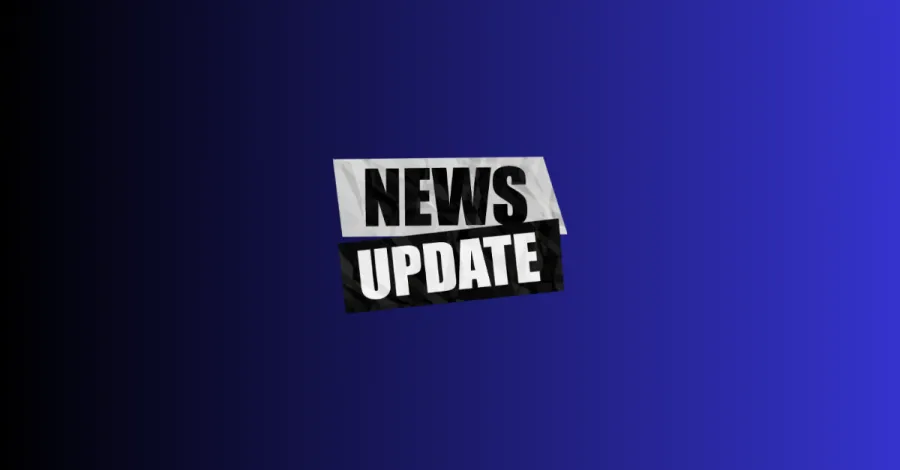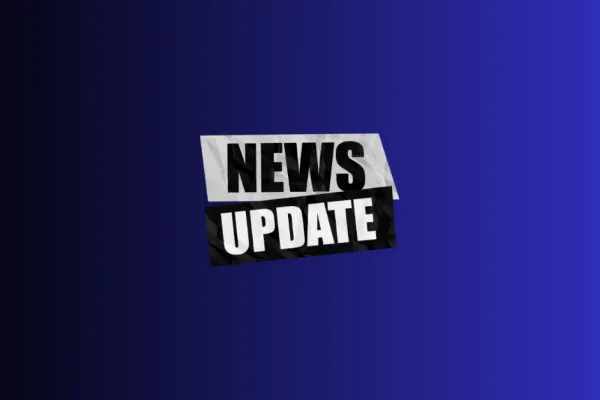100 Million Still Don?t Have Broadband, Says New Federal Report

The U.S. broadband gap "exists along racial, ethnic, and geographic lines. Even after accounting for socio-economic differences, certain minority and rural households still lag in broadband adoption." So says the National Telecommunications and Information Administration (NTIA).
In one of the most detailed studies to date, two federal agencies analyzed 2010 census data of some 54,000 households. The result is Exploring the Digital Nation: Computer and Internet Use at Home, released by the Department of Commerce's Economics and Statistics Administration (ESA) and National Telecommunications and Information Administration (NTIA).
While 68 percent of U.S. households used broadband in 2010, the rate of adoption is slower than for other new technologies such as mobile. Moreover, rates of broadband use show discouraging income and racial gaps:
"Households with lower incomes and less education, as well as Blacks, Hispanics, people with disabilities, and rural residents, were less likely to have Internet service at home."
Just as striking are geographic differences, with "Seventy percent of urban households had broadband at home, compared to 57 percent of rural households."
And, income disparities were most stark:
"Less than half (43 percent) of households with annual incomes below $25,000 had broadband access at home, while 93 percent of households with incomes exceeding $100,000 had broadband."
But the report also describes government efforts to close the gaps, such as the $7 billion Recovery Act funding going toward broadband adoption, and the Broadband Technology Opportunities Program (BTOP).
New Commerce Department Report Shows Broadband Adoption Rises but Digital Divide Persists (NTIA press release, Nov. 9, 2011)
Exploring the Digital Nation - Computer and Internet Use at Home (NTIA & Dept. of Commerce report, Nov., 2011)
Broadband Technology Opportunities Program (BTOP) (BroadbandUSA, undated website)
Broadband Brigade members turn out to protect good, union jobs and reliable broadband service
CWA condemns Trump NTIA changes to BEAD funding policies

